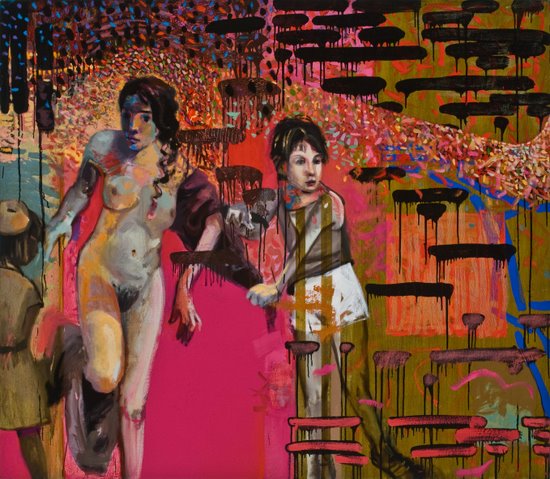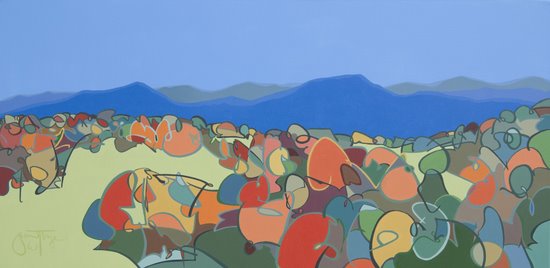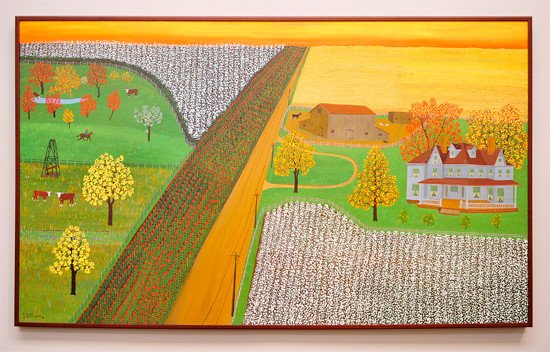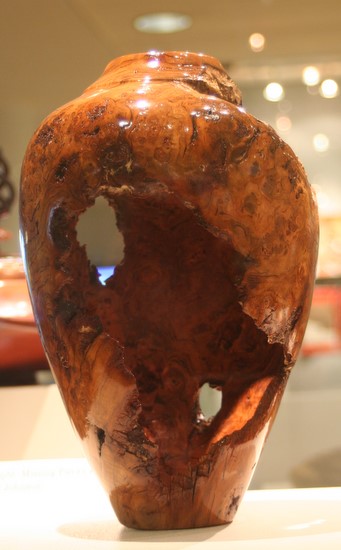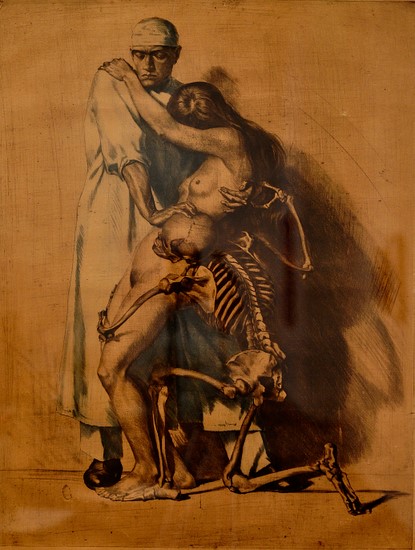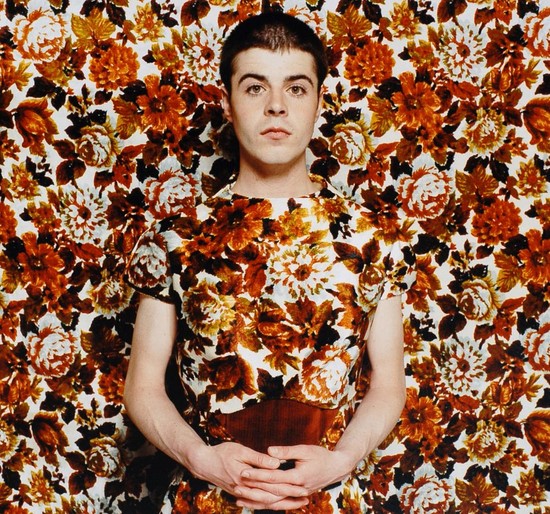You can't miss Leslie Bell's Little Guilders. His generous use of blazing hot pink and graffiti-style drips with neoclassical nudes is a compelling and somewhat mysterious blend of figurative, narrative, and abstract painting. Of the 56 works in the 35th Annual Rock Island Fine Arts Exhibition, vivid and conceptually layered two-dimensional work such as this dominates the walls, with comparatively small yet graceful three-dimensional pieces serving as complements.
The annual exhibition, in Centennial Hall at Augustana College through May 1, includes artists who live within 150 miles of the Quad Cities and awards more than $3,000 to 10 top-judged works. This year's show was juried by Dan Mills, an artist and the director of the Samek Art Gallery at Bucknell University in Pennsylvania.
About half the work Mills selected is exceptionally strong, balancing technique, aesthetic, and ideas. The remainder demonstrates technical skill but lacks the innovation or conceptual intrigue of the exhibit's best pieces.

